Bouygues UK has completed one of London’s largest excavations. The site will be home to one of just two world-class NHS high energy proton beam therapy centres, which will treat patients with complex cancers.
The excavation measures 87m long by 67m wide and reaches a depth of 28.5m – big enough to contain the Royal Albert Hall.
Together with the Department of Health, NHS England is funding the development of two world class centres at The Christie in Manchester and UCLH (University College London Hospitals NHS Foundation Trust) for NHS patients to be treated in the UK.
Patients are due to be treated at The Christie from summer next year, with UCLH following in summer 2020. When complete they will each treat up to 750 patients every year.
Key stats:
- The deepest point is 28.5m below ground and the basement measures 87 metres long by 67m wide.
- 80,000 cu m of ground has been removed from the site. This is the equivalent of around 640 London buses.
- With five storeys below ground and six above, the height of the building (including below ground) is 57m, making it equivalent to London’s Tower Bridge.
Below ground there will be:
- A multi-storey gantries for the proton beam therapy equipment.
- Two Mechanical and Electrical plant levels.
- Two floors for patient proton beam therapy care.
- Eight surgical theatres.
- Above ground there will be 6 floors which include Europe’s largest centre for the treatment of blood disorders.
- 300 number of people have been involved the excavation.
- 3,000 number of people will be involved in the construction overall.
- More than 12% of the staff working on the site live in Camden.


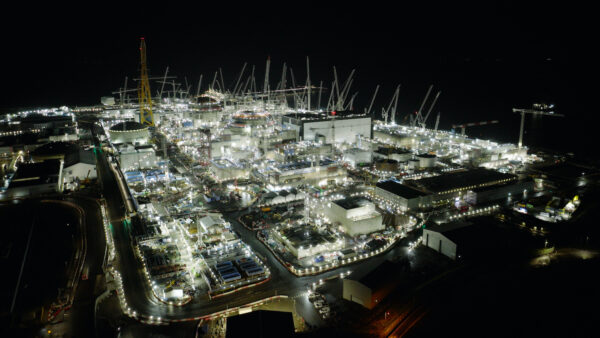
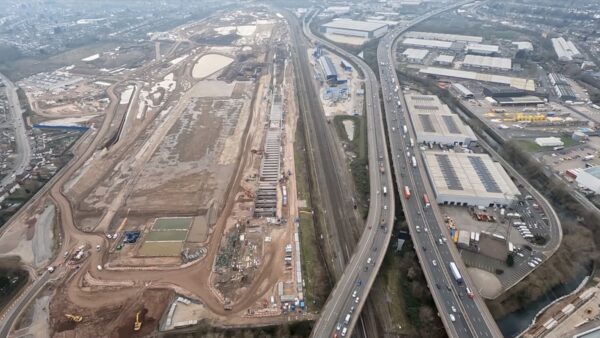
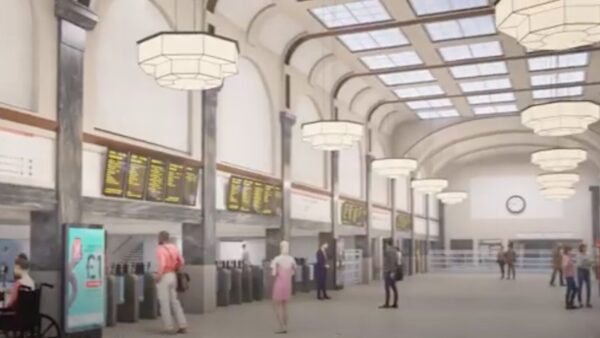
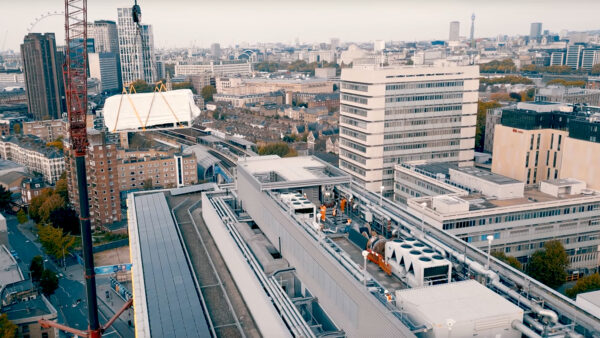
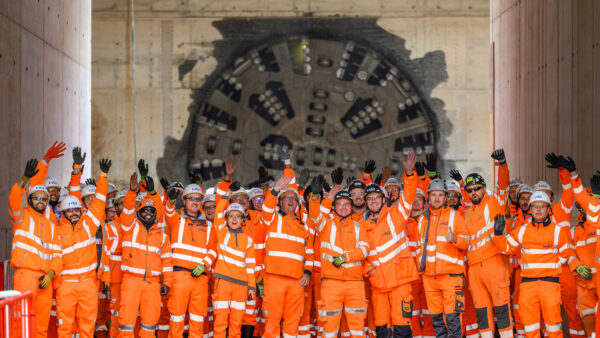
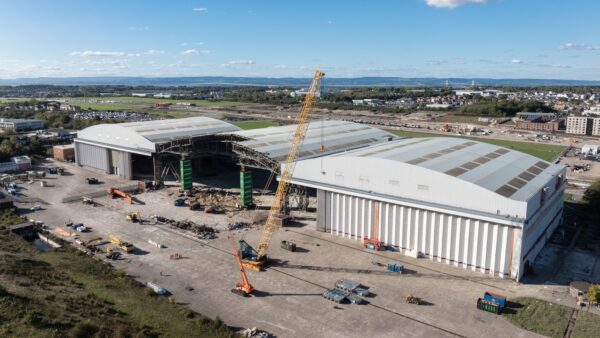



Comments are closed.